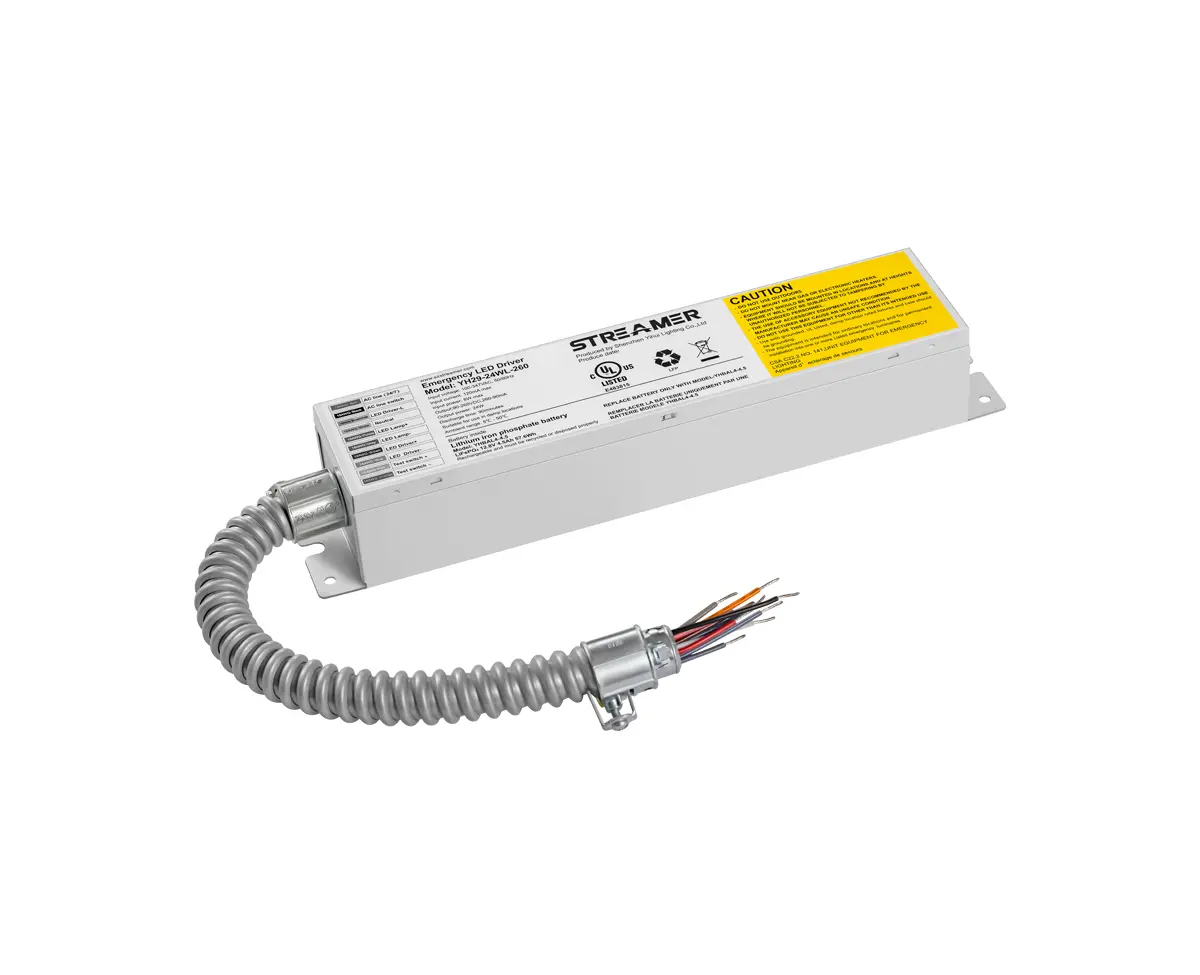 1
1
 Mar 03, 2025
Mar 03, 2025

LED emergency drivers often operate in environments where they are exposed to various electrical conditions, and capacitance resistance is a critical aspect of their performance. Capacitance in electrical circuits can cause issues such as voltage spikes and electrical interference. An LED emergency driver with high capacitance resistance is designed to withstand these challenges.
When an electrical circuit contains capacitors, especially during power - on or power - off transients, there can be sudden changes in voltage. LED emergency drivers need to be able to handle these voltage fluctuations without getting damaged. For example, in a building's lighting system, if there are large - scale capacitor - based energy - saving devices in the electrical network, the LED emergency drivers connected to the same circuit must be able to resist the effects of capacitance - induced voltage changes.
The components within the LED emergency driver play a key role in its capacitance resistance. High - quality resistors and inductors are used to dampen the impact of capacitance. These components can absorb or dissipate the excess energy caused by capacitance, preventing it from reaching the sensitive parts of the driver, such as the integrated circuits and power - conversion modules.
Moreover, the design of the printed circuit board (PCB) in the LED emergency driver also contributes to its capacitance resistance. The layout of the PCB traces is carefully engineered to minimize the formation of unwanted capacitance. By separating different electrical paths and using proper grounding techniques, the driver can better resist the effects of external capacitance. In industrial settings, where the electrical environment is often more complex and prone to high - capacitance situations, LED emergency drivers with excellent capacitance resistance are essential to ensure reliable operation during emergency lighting scenarios.